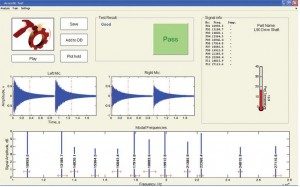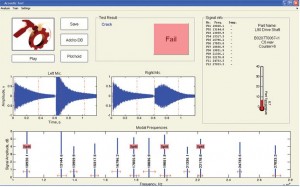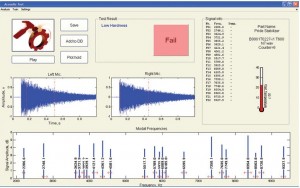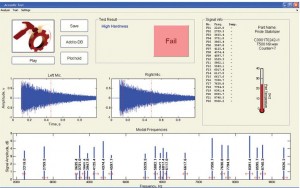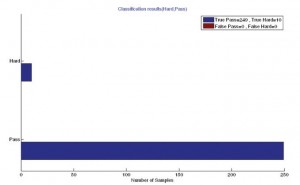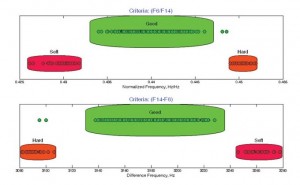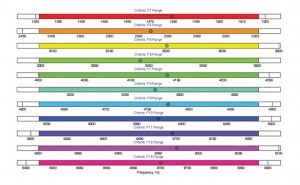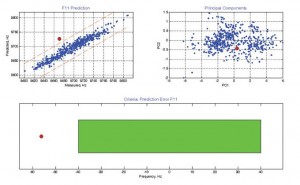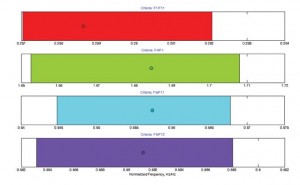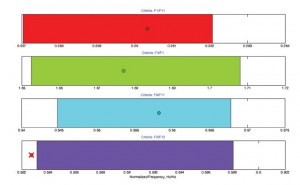Typical Applications
ARI is designed to detect defects such as:
- Cracks
- Cavity
- Cold shuts
- Hardness deviations
- Low nodularity
- Residual stress
- Out-of-tolerance dimensions
Features
- High speed, accurate and repeatable measurements
- Easy to use and user friendly interface
- Classification of parts based on advanced data modeling and multivariate statistics methods
- Temperature compensation of resonant frequencies using infrared thermometer
- Automatic impact using dual electromechanical hammers with adjustable strike force
- Expandable impact unit to dual hammers to excite the part sequentially at different positions
- Input/Output control signals for trigger, alarm or other on-line process
- Dust-proof and weather resistant enclosure
- Customized fixture design with pneumatic control for part mounting
- Report generation, including statistical analysis
Applications of the ARI system in automobile industry can be summarized as:
| Material | Defect Type |
| Cast Iron | Nodularity, Hardness, Crack, Porosity, Cold Shot, Detached Layers |
| Steel | Crack, Hardness |
| Powder Metal | Crack, Raw Material Contaminants |
| Forged | Crack, Porosity, Missed Strike, Hardness, Heat Treatment |
